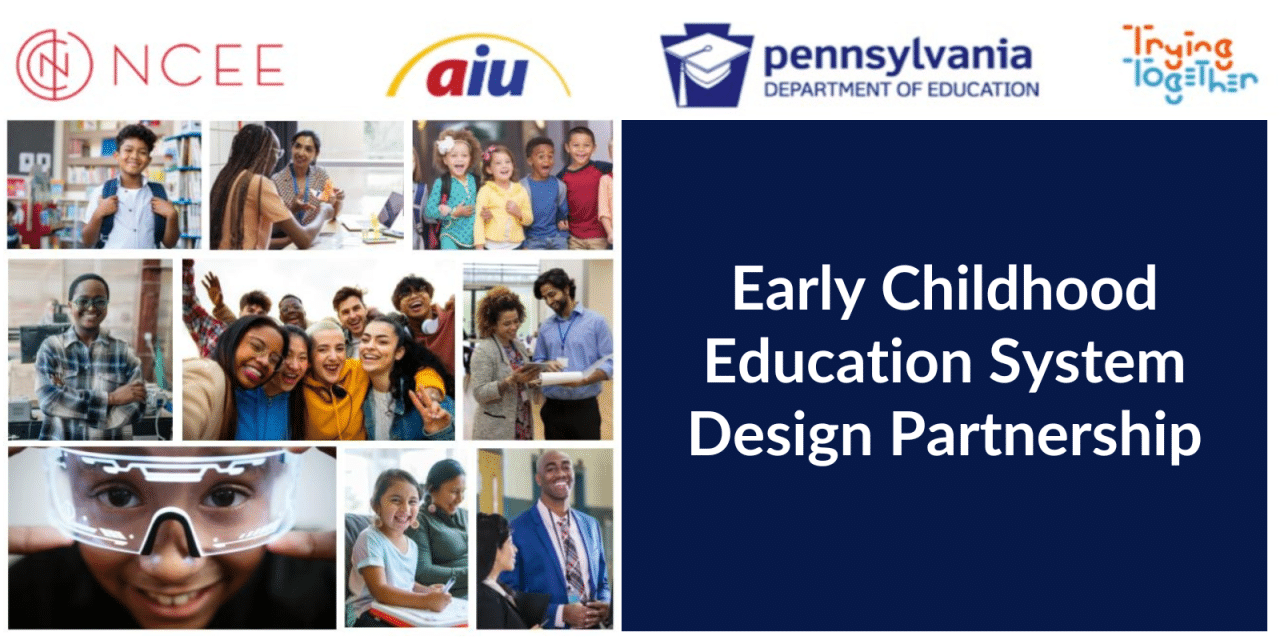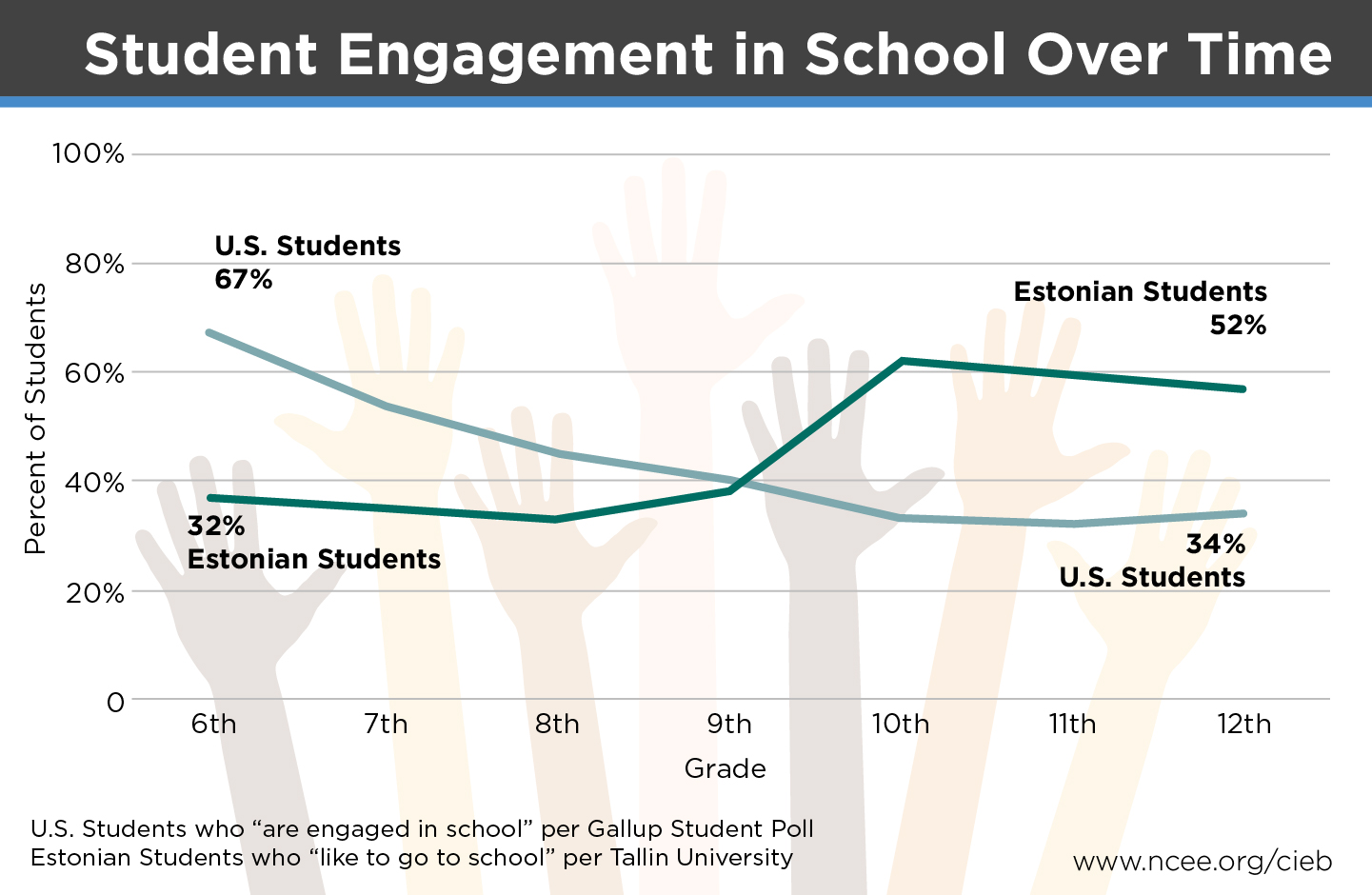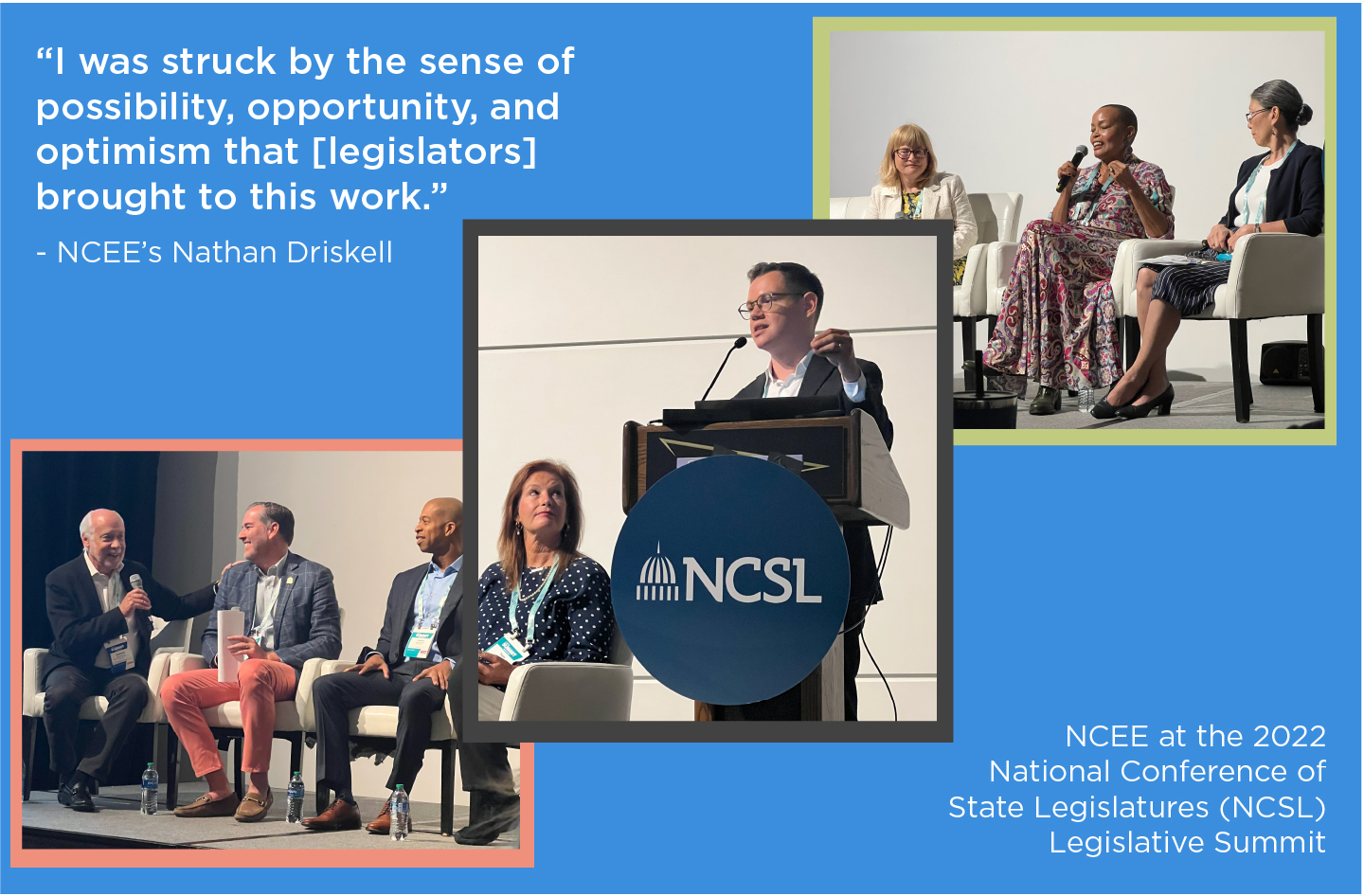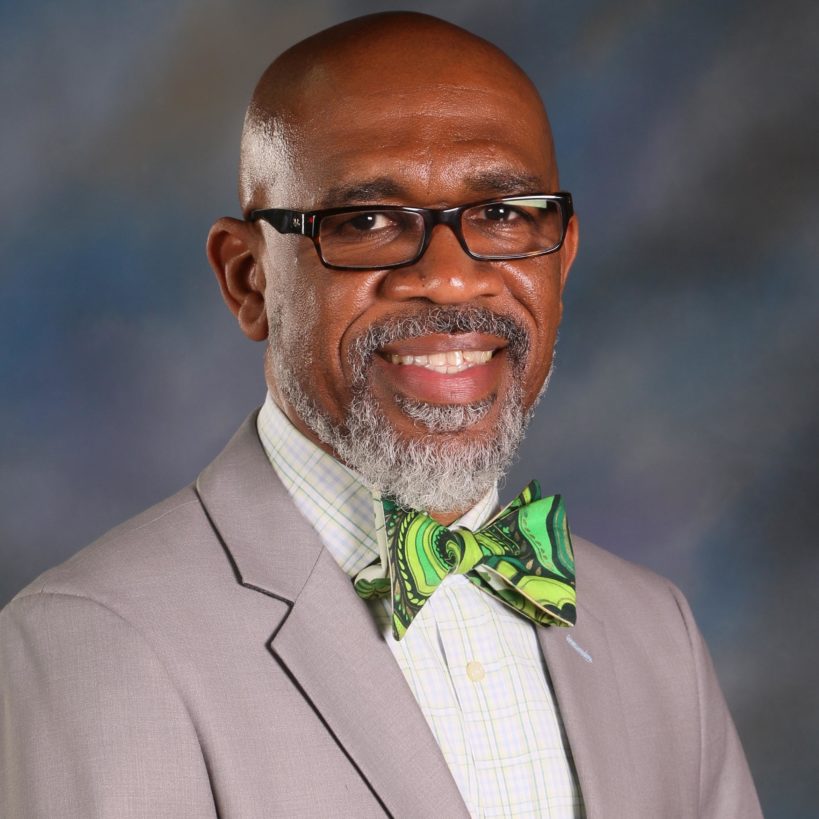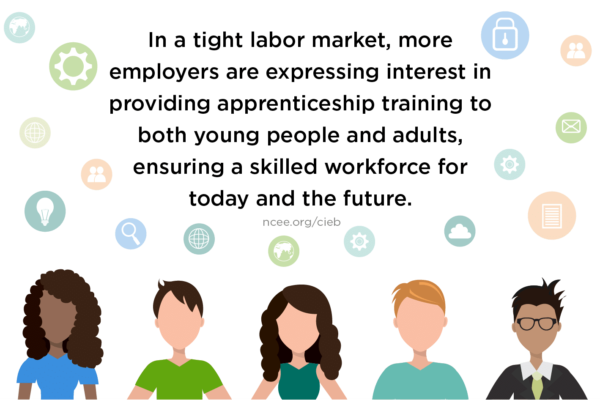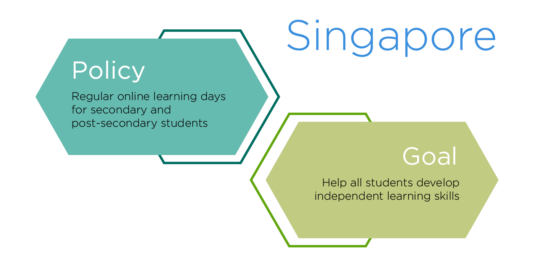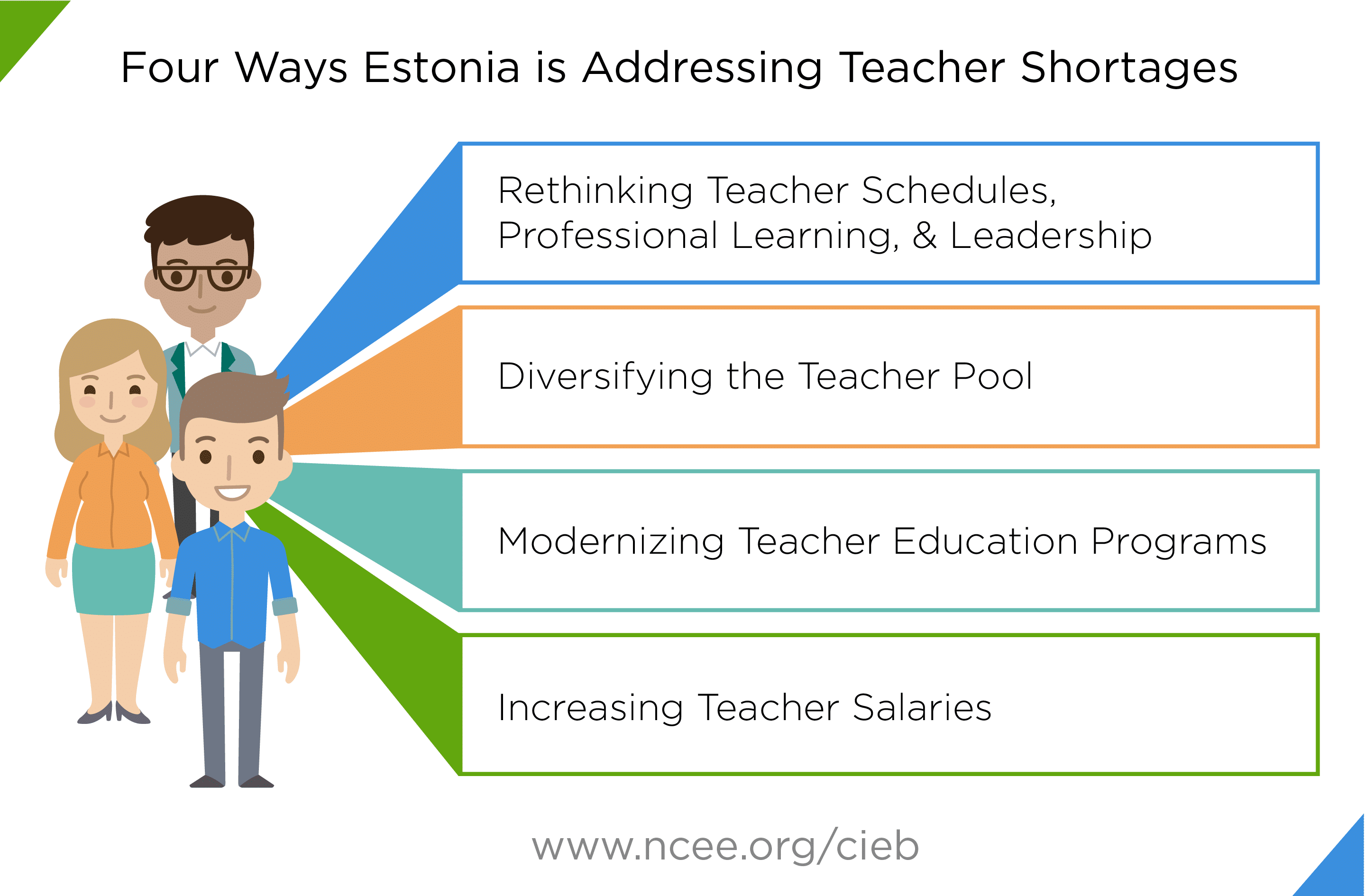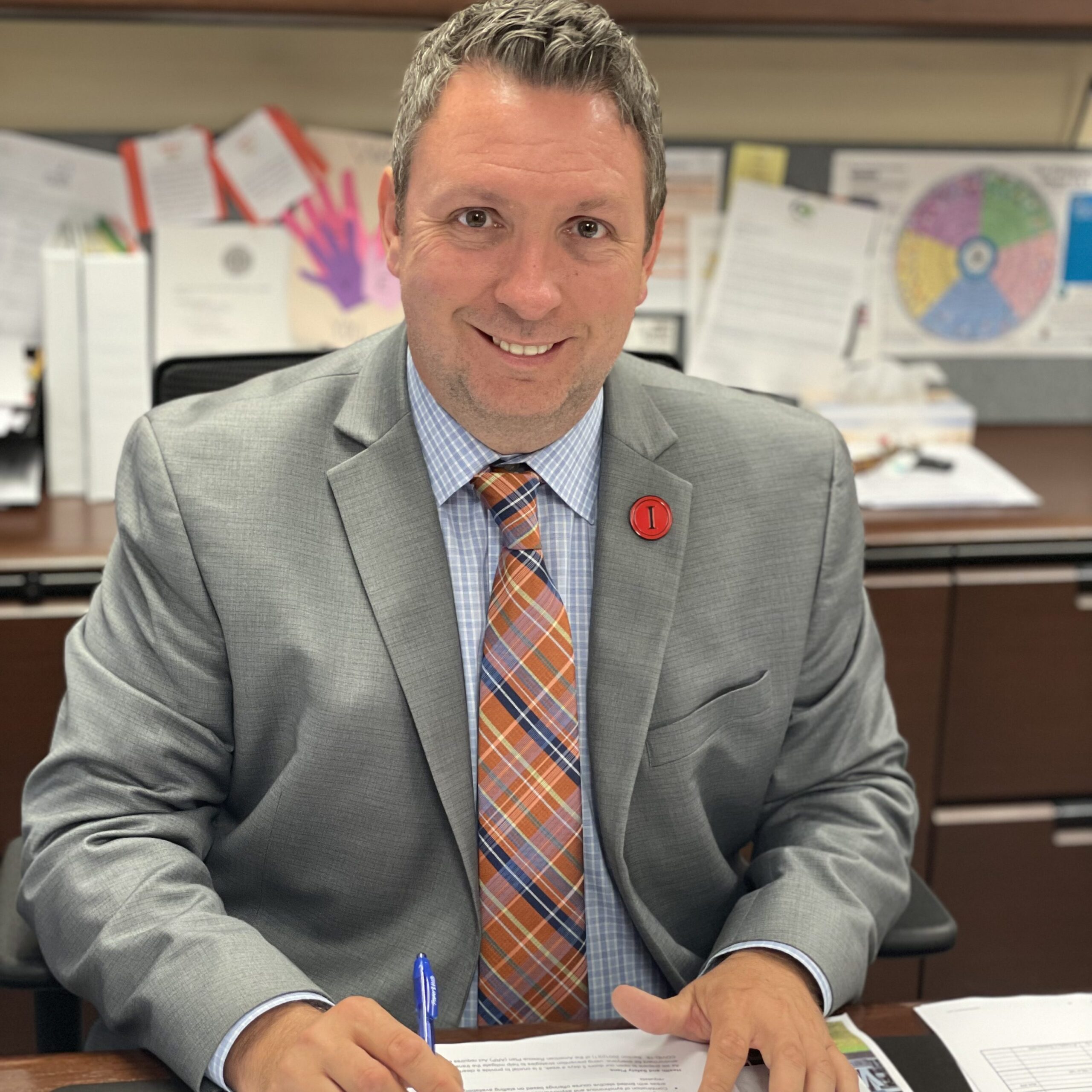Onward
Together

Onward

Together
Onward

Together
Featured blog posts
Franklin County is partnering with state and national organizations to rethink its early childhood and K–12 education systems, aiming to become a model for rural communities across the country.
In the heart of Pennsylvania, a story is unfolding—one that paints a picture of unity, vision, and commitment towards early childhood education (ECE). This is a story of a varied group of individuals, from educators to advocates, funders to agency leaders, coming together to create a sustainable partnership that consistently provides equitable opportunities for ...
McComb School District has undertaken an initiative that not only redefines their approach to education, but also serves as a beacon for districts facing similar challenges.
Fort Lewis College in Durango, Colorado is shifting the focus from students being college-ready to colleges being student-ready.
From teaching nutrition to building community at school, top-performing education systems understand that free and subsidized school meals have benefits beyond keeping all students fed and ready to learn.
After years of disruption, student motivation in American schools is lower than ever before. What does Estonia, a country whose teens are more enthused for learning, do that U.S. schools can look to?
NCEE and legislators grapple with questions about the future of education systems at the 2022 National Conference of State Legislatures (NCSL) Legislative Summit.
Superintendent Cederick Ellis found that replacing rigid class structures in an elementary school with a more student-tailored approach boosted student outcomes. He is now taking that approach to the rest of the schools in Mississippi’s McComb School District.
Tracey Burns, an international education researcher, talks with NCEE’s Anthony Mackay about potential directions for education around the world.
With increased interest in and funding for apprenticeships in the U.S., Switzerland’s world-class apprenticeship model offers lessons for how to build a CTE system that is both appealing to students and valued by industry.
The pandemic has sparked widespread acknowledgment of the importance of in-person learning, the value of teacher-student relationships and the role of schools as a social hub for students, families, and communities. But that appreciation of in-person interactions does not mean that top-performing systems have just shifted back to the “old normal” as in-person ...
From increasing teacher pay to widening the recruitment net to rethinking the very nature of the job, Estonia’s education strategy is aimed at improving recruitment and retention of its teaching force.
America Achieves CEO Jon Schnur discusses the importance of a good jobs agenda and the role of career pathway systems for preparing children for the next economy on the latest Global Ed Talk with NCEE’s Anthony Mackay.
Expanding Access to Early Childhood Resources on a Shoestring Budget: A Superintendent Leads the Way
A Las Vegas principal used the upheaval of the pandemic as a chance to ground the school’s professional learning in teacher-led inquiry.
The writer of The Smartest Kids in the World speaks with NCEE’s Jason Dougal about the lessons she’s learned following students studying abroad.
Superintendent Cederick Ellis found that replacing rigid class structures in an elementary school with a more student-tailored approach boosted student outcomes. He is now taking that approach to the rest of the schools in Mississippi’s McComb School District.
Tracey Burns, an international education researcher, talks with NCEE’s Anthony Mackay about potential directions for education around the world.
With increased interest in and funding for apprenticeships in the U.S., Switzerland’s world-class apprenticeship model offers lessons for how to build a CTE system that is both appealing to students and valued by industry.
The pandemic has sparked widespread acknowledgment of the importance of in-person learning, the value of teacher-student relationships and the role of schools as a social hub for students, families, and communities. But that appreciation of in-person interactions does not mean that top-performing systems have just shifted back to the “old normal” as in-person ...
From increasing teacher pay to widening the recruitment net to rethinking the very nature of the job, Estonia’s education strategy is aimed at improving recruitment and retention of its teaching force.
America Achieves CEO Jon Schnur discusses the importance of a good jobs agenda and the role of career pathway systems for preparing children for the next economy on the latest Global Ed Talk with NCEE’s Anthony Mackay.
Expanding Access to Early Childhood Resources on a Shoestring Budget: A Superintendent Leads the Way
A Las Vegas principal used the upheaval of the pandemic as a chance to ground the school’s professional learning in teacher-led inquiry.
The writer of The Smartest Kids in the World speaks with NCEE’s Jason Dougal about the lessons she’s learned following students studying abroad.


